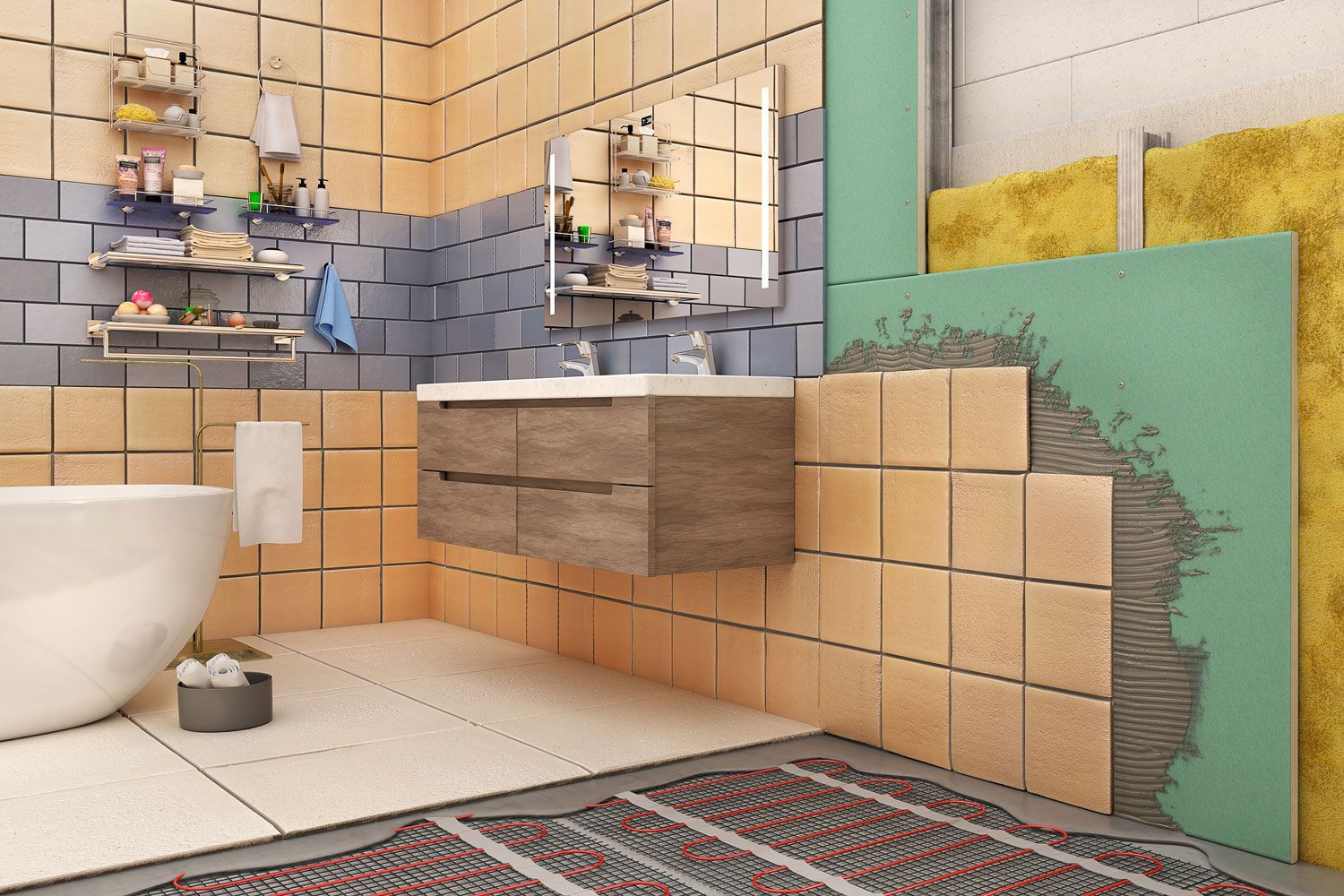

Articles
What Type Of Insulation For Bathroom Walls
Modified: October 18, 2024
Discover the best type of insulation for bathroom walls in our informative articles. Create a comfortable and energy-efficient space with the right insulation choice.
(Many of the links in this article redirect to a specific reviewed product. Your purchase of these products through affiliate links helps to generate commission for Storables.com, at no extra cost. Learn more)
Introduction
When it comes to designing and renovating a bathroom, one crucial aspect that is often overlooked is insulation for the bathroom walls. Insulation plays a vital role in maintaining a comfortable and energy-efficient space, ensuring that the bathroom remains warm in the winter and cool in the summer. Additionally, proper insulation helps to reduce noise transmission between rooms, creating a more peaceful and tranquil environment.
Whether you’re building a new bathroom or remodeling an existing one, it’s important to understand the importance of insulation for bathroom walls. In this article, we will explore the benefits of insulation, factors to consider when selecting the right insulation type, and various options available in the market.
Before diving into the types of insulation, it’s worth mentioning the two main categories: thermal insulation and acoustic insulation. Thermal insulation focuses on regulating temperature, while acoustic insulation is designed to minimize noise transmission. A well-insulated bathroom can provide both thermal and acoustic benefits, providing a more comfortable and relaxing experience.
Proper insulation in the bathroom walls helps to prevent heat loss through conduction, convection, and radiation. Without insulation, the warm air inside the bathroom escapes easily through the walls, leading to higher heating costs and discomfort. On the other hand, during warmer months, uninsulated walls allow heat to enter the bathroom, making it harder to maintain a cool and pleasant environment.
Moreover, insulation helps to reduce condensation, a common issue in bathrooms due to the high levels of humidity. Condensation can contribute to the growth of mold and mildew, which not only affects the aesthetics of the bathroom but also poses potential health risks. By insulating the walls properly, you can minimize condensation and create a healthier and more hygienic bathroom space.
Now that we understand the significance of insulation for bathroom walls, let’s explore the factors to consider when selecting the right insulation type for your specific needs.
Key Takeaways:
- Proper insulation for bathroom walls is essential for maintaining a comfortable and energy-efficient space, reducing noise transmission, and preventing moisture-related issues. It contributes to improved thermal comfort, energy efficiency, and long-term cost savings.
- Factors such as thermal resistance, moisture resistance, sound absorption, installation requirements, and budget should be considered when selecting the right insulation type for bathroom walls. Proper installation and ensuring a continuous and uniform layer of insulation are crucial for achieving optimal performance.
Importance of Insulation for Bathroom Walls
Insulation is a crucial element to consider when designing or renovating a bathroom. While it may be easy to overlook the walls when focusing on fixtures and finishes, neglecting insulation can have significant implications for comfort, energy efficiency, and long-term maintenance.
The primary purpose of insulation for bathroom walls is to regulate temperature and prevent heat loss. Bathrooms are frequently exposed to temperature extremes due to the presence of water, steam, and constant use. Without proper insulation, this temperature fluctuation can make the space uncomfortable and more challenging to maintain.
One of the main benefits of insulation is its ability to retain heat. By insulating bathroom walls, the warmth generated by heating systems or heated towel racks stays within the space for longer periods. This not only keeps the bathroom cozy, but it also reduces energy consumption and heating costs.
Beyond thermal comfort, insulation plays a vital role in noise reduction. Bathrooms are typically high-traffic areas, and excessive noise can disrupt the overall ambiance and privacy. Insulating the walls helps absorb sound vibrations, minimizing noise transmission and creating a quieter environment.
In addition to temperature and noise control, insulation also contributes to moisture management. Bathrooms experience high humidity levels due to the use of showers, baths, and sinks. Without insulation, moisture can penetrate the walls, leading to mold and mildew growth, which can be detrimental to both the structure and the occupants’ health. Insulation acts as a barrier, preventing moisture from seeping into the walls and causing potential damage.
Insulating bathroom walls also offers long-term benefits by providing a barrier against drafts and air infiltration. This not only enhances occupant comfort but also allows for better control of the indoor air quality. By sealing gaps and cracks with insulation, outside air and pollutants are less likely to enter the space, resulting in a healthier environment.
Furthermore, insulation can contribute to increased energy efficiency. By minimizing heat transfer through the walls, the heating and cooling systems in the bathroom can operate more efficiently, reducing energy consumption and environmental impact.
Ultimately, investing in insulation for bathroom walls pays off in terms of increased comfort, reduced energy costs, improved air quality, and long-term maintenance. Proper insulation ensures that the bathroom remains a pleasant and functional space that is both inviting and environmentally responsible.
Factors to Consider When Selecting Insulation
Choosing the right insulation for your bathroom walls is essential to ensure optimal performance and long-term benefits. There are several factors to consider when making this decision, including the following:
- R-Value: The R-value measures the insulation’s resistance to heat flow. The higher the R-value, the better the insulation’s ability to resist heat transfer. Consider the climate in your area and the specific needs of your bathroom when selecting an insulation type with an appropriate R-value.
- Moisture Resistance: Bathrooms are prone to high humidity levels, making it crucial to choose insulation that is moisture-resistant. Look for insulation materials that are designed to repel moisture and minimize the risk of mold and mildew growth, such as closed-cell spray foam or moisture-resistant fiberglass.
- Air Sealing: Insulation alone may not be enough to prevent air leakage. Consider using insulation materials that offer air sealing properties to minimize drafts, such as spray foam insulation. Proper air sealing helps maintain a comfortable temperature and improves energy efficiency.
- Noise Reduction: If noise control is a priority, select insulation materials that have good sound-absorbing properties. Look for insulation with high Sound Transmission Class (STC) or Noise Reduction Coefficient (NRC) ratings to minimize sound transmission between rooms.
- Installation Requirements: Different insulation types have varying installation requirements. Take into account factors such as the complexity of the installation process, whether it can be done as a DIY project, or if professional installation is necessary. Consider your comfort level with the installation process and budget accordingly.
- Space Constraints: Evaluate the available space in your bathroom walls before choosing an insulation type. Some materials, such as spray foam insulation, require more space than others, while thinner options like reflective insulation may be more suitable for limited wall cavities.
- Environmental Impact: Consider the environmental impact of the insulation material. Look for options that are eco-friendly and made from recycled or sustainable materials. Insulation materials with lower greenhouse gas emissions are also preferable.
- Budget: Assess your budget constraints and compare the cost-effectiveness of different insulation options. Keep in mind that while some insulation materials may have a higher upfront cost, they can provide long-term energy savings, reducing overall expenses over time.
By considering these factors, you can make an informed decision when selecting insulation for your bathroom walls. It’s essential to choose an insulation type that meets your specific needs, ensures comfort, and provides long-lasting benefits.
Types of Insulation for Bathroom Walls
When it comes to insulating bathroom walls, there are various types of insulation materials to choose from. Each type has its own unique characteristics and benefits. Here are five common types of insulation for bathroom walls:
- Fiberglass Insulation: Fiberglass insulation is made of fine glass fibers and is one of the most commonly used insulation materials. It is available in batts or rolls and is easy to install. Fiberglass insulation has good thermal properties, is moisture-resistant, and provides effective noise reduction. It is an affordable option but requires careful handling due to the potential for skin irritation.
- Cellulose Insulation: Cellulose insulation is made from recycled paper or plant-based fibers treated with fire retardants. It is available in loose-fill form and is blown into the wall cavities using special equipment. Cellulose insulation has excellent thermal and noise-absorbing properties and is environmentally friendly. However, it is more prone to moisture absorption, so proper vapor barriers are necessary.
- Spray Foam Insulation: Spray foam insulation is a popular choice for bathrooms due to its excellent air sealing and moisture resistance properties. It is applied as a liquid and expands to fill the wall cavities, forming a tight seal. Spray foam insulation provides superior thermal insulation and noise reduction. Professional installation is typically required, as specialized equipment is needed.
- Rigid Foam Insulation: Rigid foam insulation is available in board or panel form and offers excellent thermal resistance. It is made from polystyrene, polyisocyanurate, or polyurethane foam and is easy to cut and install. Rigid foam insulation provides good moisture resistance and can provide additional structural support. However, it can be more expensive than other insulation options.
- Reflective Insulation: Reflective insulation consists of foil-faced materials that reflect heat and radiant energy. It is typically installed as sheets or panels with an air gap between the insulation and the wall or roof surface. Reflective insulation is effective in reducing heat transfer and can be a good option for limited wall cavities. However, it provides minimal thermal insulation and is often used in combination with other insulation materials.
It’s important to note that the choice of insulation material depends on various factors such as insulation requirements, local climate, budget, and personal preferences. It’s recommended to consult with an insulation professional or contractor to determine the most suitable insulation type for your bathroom walls.
Fiberglass Insulation
Fiberglass insulation is one of the most widely used and readily available insulation materials on the market. It is composed of fine glass fibers that are tightly woven together to create a soft and flexible material. This type of insulation is commonly used for both residential and commercial applications, including insulating bathroom walls.
One of the key advantages of fiberglass insulation is its excellent thermal resistance. It helps to regulate the temperature in the bathroom by preventing heat transfer through the walls. The fiberglass material traps pockets of air, which act as a barrier to slow down the movement of heat. This helps to keep the bathroom warm during the colder months and can also contribute to energy savings by reducing heating costs.
In addition to its thermal insulation properties, fiberglass insulation also provides effective sound absorption. It helps to reduce noise transmission between rooms, creating a more peaceful and tranquil bathroom environment. This is particularly beneficial if you have a bathroom located close to bedrooms or other quiet areas in your home.
Fiberglass insulation is available in the form of batts or rolls, which makes it easy to install. It can be cut to fit the wall cavities and secured in place using staples or mechanical fasteners. The flexibility of the material allows for easy maneuverability around pipes, electrical wires, and other obstacles commonly found in bathroom walls.
Furthermore, fiberglass insulation is moisture-resistant, which is crucial in a bathroom environment with high levels of humidity. It does not absorb water, preventing the growth of mold and mildew that can deteriorate the structural integrity of the walls and potentially impact indoor air quality. However, it is important to note that while fiberglass insulation is moisture-resistant, it is not entirely waterproof. If a significant water leak occurs, the insulation may need to be replaced.
It is important to handle fiberglass insulation with care, as the small glass fibers can cause skin irritation and respiratory discomfort. When installing fiberglass insulation, make sure to wear protective clothing, gloves, and a mask to minimize the risk of irritation. It is also important to properly seal the insulation to prevent the release of loose fibers into the air.
Overall, fiberglass insulation is a cost-effective and efficient option for insulating bathroom walls. Its thermal resistance, sound absorption properties, and moisture resistance make it a popular choice among homeowners and contractors. However, it is important to consider factors such as safety precautions, proper installation, and potential effects on indoor air quality when using fiberglass insulation in your bathroom.
Read more: What Type Of Insulation For Floors
Cellulose Insulation
Cellulose insulation is a popular choice for insulating bathroom walls. It is made from recycled paper or plant-based fibers that are treated with fire retardants. This environmentally-friendly insulation material offers several advantages when used in the bathroom.
One of the main benefits of cellulose insulation is its ability to provide excellent thermal insulation. The dense and compact nature of the material helps to reduce heat transfer through the walls, keeping the bathroom warm in cold weather and cool in hot weather. This can significantly improve energy efficiency and reduce heating and cooling costs.
Cellulose insulation is also known for its superior sound absorption properties. It effectively reduces noise transmission between rooms, creating a quieter and more private bathroom environment. This feature is particularly beneficial if your bathroom is located near bedrooms or other areas where noise reduction is desired.
Another advantage of cellulose insulation is its eco-friendly composition. It is made from recycled materials, such as shredded newspaper or other paper products, which helps to reduce waste in landfills. Additionally, cellulose insulation is treated with fire retardants to enhance its resistance to fire hazards. This makes it a safe and non-toxic choice for insulating bathroom walls.
Installation of cellulose insulation is typically done by blowing the loose-fill material into the wall cavities using specialized equipment. This method allows for a more precise and consistent application, ensuring that all areas are properly insulated. It is important to note that professional installation is recommended for cellulose insulation due to the specialized equipment and techniques required.
One consideration with cellulose insulation is its potential for moisture absorption. While cellulose insulation can withstand moderate levels of moisture, prolonged exposure to water can lead to damage and the growth of mold and mildew. To mitigate this risk, a proper vapor barrier should be installed to prevent moisture from penetrating the insulation and the walls.
Overall, cellulose insulation offers excellent thermal and sound insulation properties, making it a viable option for bathroom walls. Its eco-friendly composition and fire-resistant characteristics further enhance its appeal. However, it is important to ensure proper installation and take precautions to prevent moisture-related issues. By considering these factors, cellulose insulation can provide a comfortable, energy-efficient, and acoustically pleasing bathroom space.
Spray Foam Insulation
Spray foam insulation is a popular choice for insulating bathroom walls due to its excellent insulating and moisture-resistant properties. It is a versatile insulation material that is applied as a liquid and expands to fill the wall cavities, creating a seamless and airtight barrier.
One of the main advantages of spray foam insulation is its superior thermal insulation. The expanding foam fills all the nooks and crannies within the wall cavities, providing a continuous layer of insulation. This helps to minimize heat transfer through the walls, keeping the bathroom warm in the winter and cool in the summer. Spray foam insulation can significantly improve energy efficiency and reduce heating and cooling costs.
In addition to its thermal insulation properties, spray foam insulation is known for its exceptional air sealing abilities. The foam expands and adheres to the surfaces it is sprayed on, creating an airtight seal. This prevents air leaks and drafts, ensuring that the temperature in the bathroom remains consistent and comfortable. The air sealing properties of spray foam insulation also contribute to improved energy efficiency by reducing the need for excessive heating or cooling.
Another significant benefit of spray foam insulation is its moisture resistance. The closed-cell structure of the foam provides an effective barrier against moisture intrusion. It helps to prevent water vapor from entering the walls, reducing the risk of mold, mildew, and water damage. This is particularly important in bathrooms with high levels of humidity, where moisture control is crucial for maintaining a healthy and hygienic environment.
One key consideration with spray foam insulation is its application process. Professional installation is typically recommended, as it requires specialized equipment and technical expertise. The liquid foam is sprayed into the wall cavities, where it expands and solidifies to form a dense insulation layer. The installation process should be done carefully to ensure proper coverage and avoid any gaps or voids in the insulation.
It is essential to note that spray foam insulation can release volatile organic compounds (VOCs) during installation. These chemicals can have a strong odor and may cause respiratory irritation or allergic reactions. To mitigate this, it is recommended to allow for adequate ventilation during and after the installation process.
Overall, spray foam insulation is a highly effective option for bathroom walls. Its superior thermal insulation, air sealing properties, and moisture resistance make it a valuable choice for creating a comfortable, energy-efficient, and durable bathroom space. Professional installation and proper ventilation are important considerations to ensure the insulation is installed correctly and safely.
Consider using closed-cell spray foam insulation for bathroom walls. It provides a high R-value, acts as a moisture barrier, and can help prevent mold growth. It’s also great for filling small gaps and cracks.
Rigid Foam Insulation
Rigid foam insulation is a versatile and durable option for insulating bathroom walls. It is available in the form of boards or panels made from polystyrene, polyisocyanurate, or polyurethane foam. Rigid foam insulation offers several benefits for bathrooms, including excellent thermal resistance and moisture control.
One of the primary advantages of rigid foam insulation is its high thermal insulation capabilities. It provides a high R-value per inch of thickness, making it highly effective at reducing heat transfer through the walls. This helps to maintain a comfortable temperature in the bathroom and can contribute to energy savings by reducing the need for excessive heating or cooling.
Rigid foam insulation also offers superior moisture resistance, making it an ideal choice for bathrooms with high humidity levels. The closed-cell structure of the foam acts as a barrier, preventing water vapor from penetrating the walls and causing moisture-related issues. This helps to minimize the risk of mold, mildew, and water damage, ensuring a healthier and more durable bathroom environment.
Another advantage of rigid foam insulation is its structural stability. The rigid panels provide additional strength to the walls, enhancing their durability and stability. This is particularly beneficial in bathroom areas where the walls may be subject to higher levels of moisture or potential impacts.
Rigid foam insulation is easy to cut and shape, allowing for precise installation and a snug fit in wall cavities. It can be secured in place using adhesive or mechanical fasteners, ensuring a secure and uniform insulation layer. However, it is important to take proper precautions and use appropriate safety gear when handling and installing rigid foam insulation.
It is worth noting that rigid foam insulation can be more expensive compared to other insulation materials. However, the long-term benefits, including energy savings, moisture control, and structural stability, make it a worthwhile investment for bathroom walls.
When using rigid foam insulation in bathroom walls, it is essential to properly seal the joints and edges to prevent air leakage and ensure optimal insulation performance. Paying attention to proper installation techniques and following manufacturer guidelines will help achieve the best results.
In summary, rigid foam insulation is an excellent choice for insulating bathroom walls. Its superior thermal resistance, moisture resistance, and structural stability make it a reliable option for creating a comfortable and energy-efficient bathroom space. By considering the specific needs of your bathroom and working with professional installers, you can ensure that rigid foam insulation provides long-lasting benefits and enhances the overall performance of your bathroom.
Reflective Insulation
Reflective insulation is a unique type of insulation that utilizes reflective materials to reduce heat transfer through bathroom walls. It is typically composed of foil-faced materials, such as aluminum or metalized film, which reflect radiant heat energy. Reflective insulation is an excellent choice for bathrooms, especially those with limited wall cavities or in warmer climates.
One of the key advantages of reflective insulation is its ability to reflect heat radiation. This insulation material works by creating a reflective barrier that reflects radiant heat away from the bathroom walls. By minimizing heat absorption, reflective insulation helps to keep the bathroom cooler during hot weather conditions. This can be particularly beneficial in bathrooms located in areas with high outdoor temperatures.
Reflective insulation is typically installed with an air gap between the insulation and the wall surface. This air gap acts as an additional layer of insulation and enhances the overall thermal performance. The combination of the reflective surface and the air gap helps to prevent heat transfer through conduction and convection, ensuring a more comfortable bathroom environment.
Another advantage of reflective insulation is its thin and lightweight nature. It can be easily installed in spaces with limited wall cavities, making it ideal for retrofitting or remodeling projects. Because of its flexibility and easy installation, reflective insulation can be a practical choice for homeowners or DIY enthusiasts.
However, it is important to note that reflective insulation has limitations when it comes to thermal resistance and sound absorption. Unlike materials like fiberglass or foam insulation, reflective insulation provides minimal insulation against conductive heat transfer. Therefore, it is often used in combination with other insulation materials to maximize thermal performance.
When using reflective insulation, it’s essential to ensure proper installation. The reflective surface should face an open air gap or be installed according to the manufacturer’s guidelines. This ensures that the insulation functions as intended, effectively reflecting heat and minimizing heat transfer through the walls.
Overall, reflective insulation can be an effective option for insulating bathroom walls, especially in regions with warm climates. Its ability to reflect radiant heat and its easy installation make it a viable choice for creating a more comfortable and energy-efficient bathroom space. However, it is recommended to consult with a professional to determine the appropriate insulation type for your specific needs and climate conditions.
Read more: What Type Of Insulation For Ceiling
Comparison of Insulation Types
When it comes to selecting insulation for bathroom walls, it’s important to compare the different types available to determine which one best suits your specific needs. Here is a comparison of the various insulation types discussed:
- Fiberglass Insulation: Fiberglass insulation is a cost-effective and readily available option. It offers good thermal resistance, sound absorption, and moisture resistance. However, it may require careful handling due to potential skin irritation, and proper sealing is necessary to prevent the release of loose fibers into the air.
- Cellulose Insulation: Cellulose insulation is eco-friendly, made from recycled materials. It provides excellent thermal and sound insulation and has good moisture resistance. However, it may require professional installation, and a proper vapor barrier is essential to mitigate moisture-related concerns.
- Spray Foam Insulation: Spray foam insulation offers superior thermal insulation and air sealing properties. It is highly effective at reducing heat transfer and preventing air infiltration. It also provides excellent moisture resistance. However, professional installation is typically required, and it may release volatile organic compounds (VOCs) during installation.
- Rigid Foam Insulation: Rigid foam insulation provides high thermal resistance and moisture control. It enhances structural stability and is easy to install. However, it can be more expensive compared to other insulation types, and proper sealing of joints is necessary for optimal performance.
- Reflective Insulation: Reflective insulation reflects radiant heat, keeping the bathroom cooler in hot weather. It is thin, lightweight, and easy to install, especially in limited wall cavities. However, it provides minimal insulation against conductive heat transfer and is often used in combination with other insulation materials.
Each type of insulation has its own set of advantages and considerations. Factors such as thermal resistance, moisture resistance, sound absorption, installation requirements, and budget should be taken into account when comparing insulation types.
Keep in mind that the choice of insulation ultimately depends on your specific needs, your location’s climate, and your budget. It may be beneficial to consult with insulation professionals or contractors to determine the most suitable insulation type for your bathroom walls.
Remember, proper installation and ensuring a continuous and uniform layer of insulation are crucial for achieving optimal performance and maximizing the benefits of any insulation type you choose for your bathroom walls.
Benefits of Proper Insulation in Bathroom Walls
Insulating bathroom walls provides numerous benefits that contribute to enhanced comfort, energy efficiency, and overall well-being. Here are the key advantages of having proper insulation in your bathroom walls:
- Improved Thermal Comfort: Insulation helps to regulate the temperature in the bathroom, ensuring a comfortable environment all year round. It prevents heat loss during colder months and heat gain during hotter months, creating a more pleasant and consistent temperature.
- Energy Efficiency: Proper insulation significantly improves energy efficiency in the bathroom. By reducing heat transfer through the walls, insulation helps to conserve energy and lowers heating and cooling costs. This not only benefits your wallet but also minimizes the environmental impact.
- Noise Reduction: Insulation plays a crucial role in reducing noise transmission between rooms. This is particularly important in bathrooms located near bedrooms or living spaces where privacy and tranquility are desired. Insulation helps to absorb and dampen sound, creating a quieter and more peaceful atmosphere.
- Moisture Control: Bathrooms are susceptible to high levels of humidity, which can lead to condensation, mold, and mildew growth. Proper insulation helps to minimize condensation by creating a barrier against moisture. This reduces the risk of structural damage, improves air quality, and promotes a healthier and more hygienic space.
- Enhanced Energy Conservation: Insulated bathroom walls contribute to overall energy conservation in your home. By maintaining a comfortable temperature within the bathroom, it reduces the need for excessive heating or cooling. This translates to reduced energy consumption and a smaller carbon footprint.
- Increased Structural Integrity: Insulation can help reinforce the structural integrity of bathroom walls. It adds an extra layer of protection against moisture, preventing water damage and potential structural issues. This is especially important in bathrooms where water exposure is common.
- Improved Indoor Air Quality: With proper insulation, you can effectively seal off the bathroom walls, minimizing air leakage and drafts. This helps to prevent the infiltration of outdoor pollutants and allergens, enhancing the overall indoor air quality. It creates a healthier environment for you and your family.
- Long-Term Cost Savings: Although insulation installation may require an initial investment, the long-term cost savings are significant. By reducing energy consumption and maintenance needs, proper insulation can result in substantial savings on utility bills and potential repair costs.
By ensuring proper insulation in your bathroom walls, you can experience these benefits firsthand. A well-insulated bathroom not only enhances comfort but also contributes to a more sustainable, energy-efficient, and healthy living environment for you and your family.
Installation Considerations and Tips
Installing insulation in your bathroom walls is a crucial step in maximizing its effectiveness. Consider the following factors and tips to ensure a successful insulation installation:
- Assess Your Needs: Evaluate your specific insulation needs based on factors such as climate, the desired level of insulation, and any specific challenges posed by your bathroom walls.
- Choose the Right Insulation Type: Select the insulation type that best suits your needs, taking into account factors such as thermal resistance, moisture resistance, and sound absorption.
- Consider Professional Installation: Depending on the insulation type and complexity of the installation process, professional installation may be recommended. Experienced installers have the necessary expertise and equipment to ensure a proper and efficient installation.
- Proper Measurement and Preparation: Measure the wall cavities accurately to determine the amount of insulation material needed. Prepare the walls by clearing any obstacles, repairing damaged areas, and ensuring the surface is clean and dry.
- Ensure Proper Ventilation: Adequate ventilation is important during the installation process, especially for insulation materials that release irritants or odors. Open windows or use fans to improve air circulation and limit exposure to potentially harmful particles.
- Seal Air Gaps and Joints: To maximize the insulation’s effectiveness, properly seal any air gaps or joints. Use appropriate sealing materials, such as caulking or foam sealants, to prevent air leakage and maintain a continuous insulation layer.
- Follow Manufacturer Guidelines: Read and follow the manufacturer’s instructions and guidelines specific to the insulation material you are using. This ensures proper installation techniques and enhances the insulation’s performance.
- Wear Protective Gear: When handling insulation materials, wear appropriate protective gear, including gloves, safety glasses, and masks. Follow safety precautions to minimize the risk of skin irritation or respiratory discomfort.
- Maintain Safety: Be mindful of electrical wiring, plumbing, and other potential hazards within the wall cavities. Take precautionary measures to avoid damage to these components during the insulation installation process.
- Inspect the Installation: After completing the insulation installation, inspect the walls for any gaps, voids, or areas that may require additional insulation. Address any issues promptly to ensure the insulation is uniform and effective.
Remember, proper installation is key to achieving the maximum benefits of insulation in your bathroom walls. If you are unsure about any aspect of the installation process, consult with professionals or insulation specialists who can guide you through the installation process.
Conclusion
Proper insulation of bathroom walls is a crucial consideration when designing, renovating, or updating your bathroom. The benefits of insulation extend beyond comfort and energy efficiency, providing a range of advantages for homeowners.
Insulation helps to regulate the temperature in the bathroom, ensuring a comfortable environment regardless of the outside weather conditions. It reduces heat loss during colder months and heat gain during hotter months, contributing to energy savings and reduced utility bills. Additionally, insulation enhances thermal comfort by minimizing drafts and air leakage, creating a more pleasant space for everyday use.
Furthermore, insulation in bathroom walls plays a vital role in controlling noise transmission between rooms. By absorbing and dampening sound vibrations, it creates a quieter and more peaceful environment, especially in bathrooms adjacent to bedrooms or living areas.
Proper insulation also contributes to moisture management, which is essential in high humidity spaces like bathrooms. It minimizes the risk of condensation, mold, and mildew growth, helping to maintain a healthier and more hygienic environment. Insulation acts as a barrier, preventing moisture from seeping into the walls and potentially causing structural damage.
From fiberglass and cellulose to spray foam, rigid foam, and reflective insulation, various insulation types provide different benefits and considerations. It is vital to weigh factors such as thermal resistance, moisture resistance, installation requirements, and budget before choosing the insulation material that best suits your specific needs.
To ensure a successful installation, careful measurement, preparation, and proper sealing of air gaps and joints are essential. Follow manufacturer guidelines, wear appropriate protective gear, and consider professional installation if needed. By taking these steps, you can optimize the insulation’s performance and achieve the desired comfort and energy efficiency in your bathroom.
In conclusion, investing in proper insulation for bathroom walls offers numerous benefits, including improved thermal comfort, energy efficiency, noise reduction, moisture control, and long-term cost savings. Whether you’re building a new bathroom or remodeling an existing one, insulation should be a priority to create a comfortable, efficient, and healthy space for you and your family to enjoy.
Frequently Asked Questions about What Type Of Insulation For Bathroom Walls
Was this page helpful?
At Storables.com, we guarantee accurate and reliable information. Our content, validated by Expert Board Contributors, is crafted following stringent Editorial Policies. We're committed to providing you with well-researched, expert-backed insights for all your informational needs.
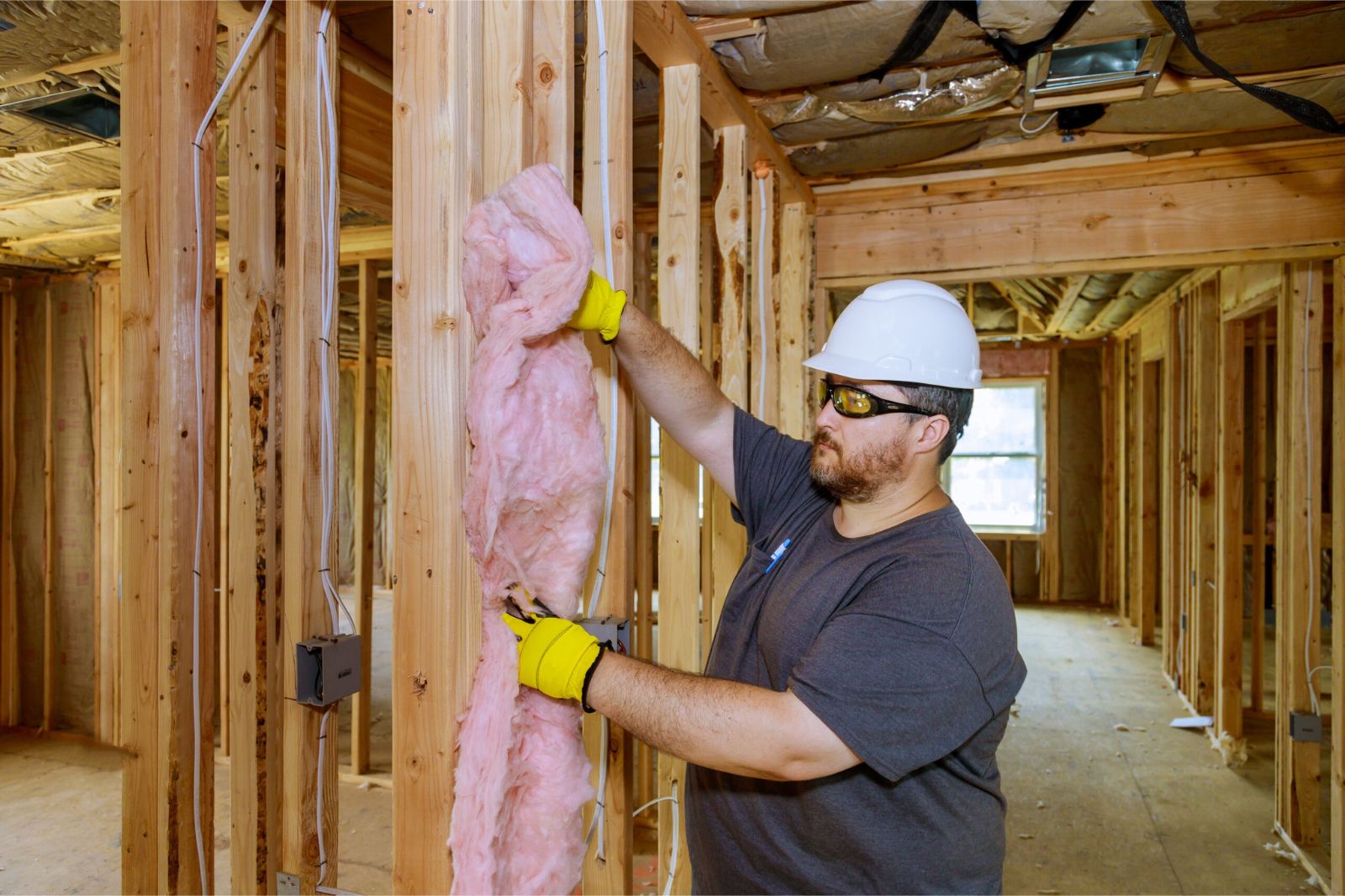
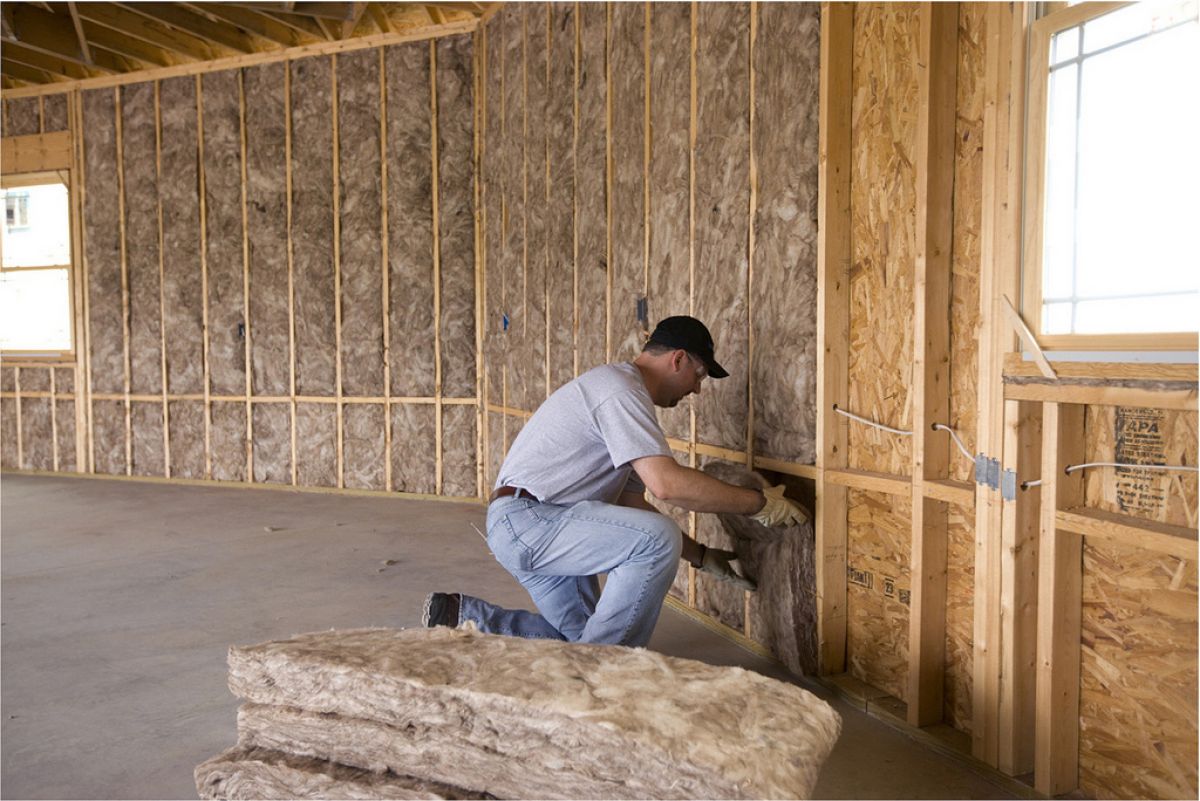
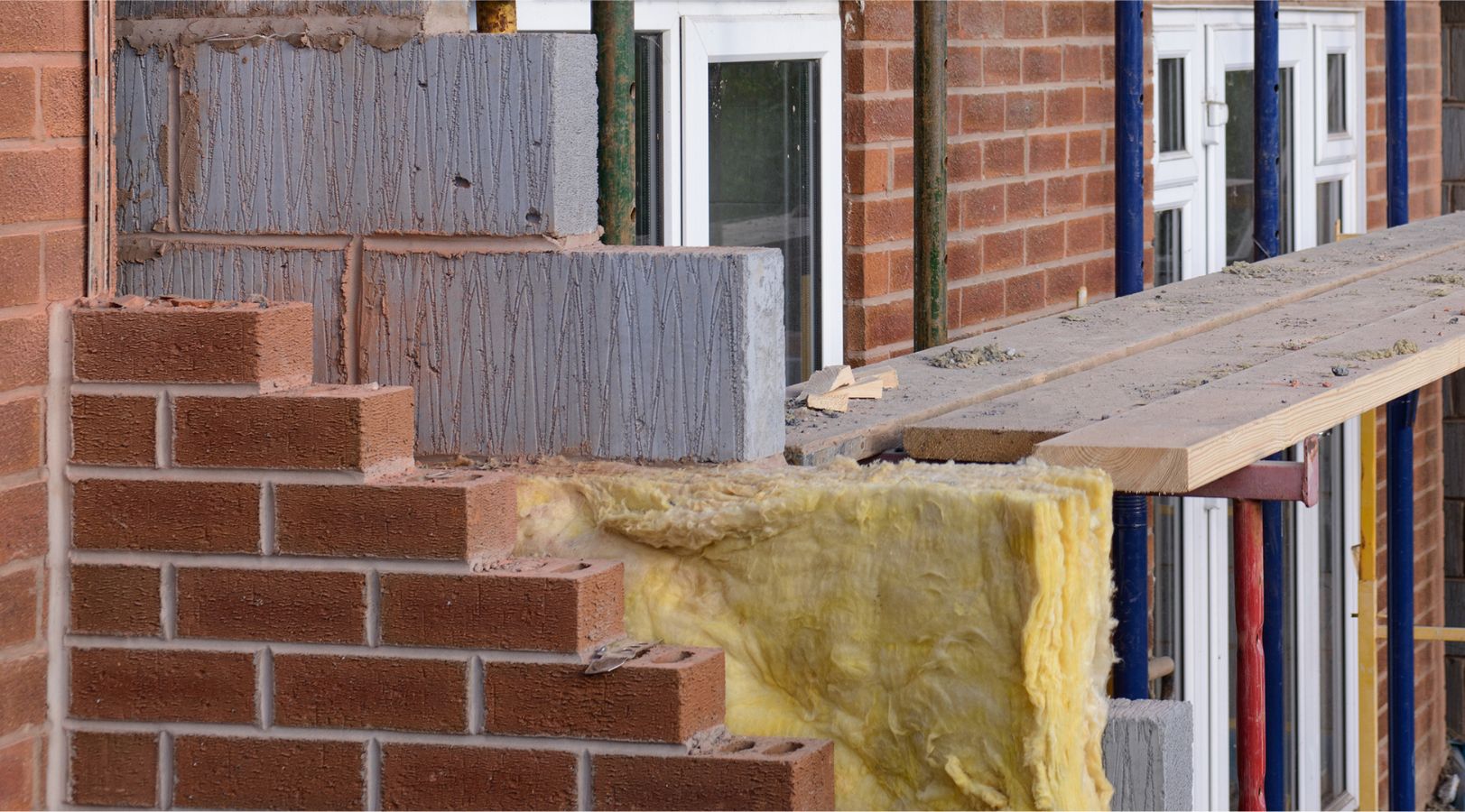
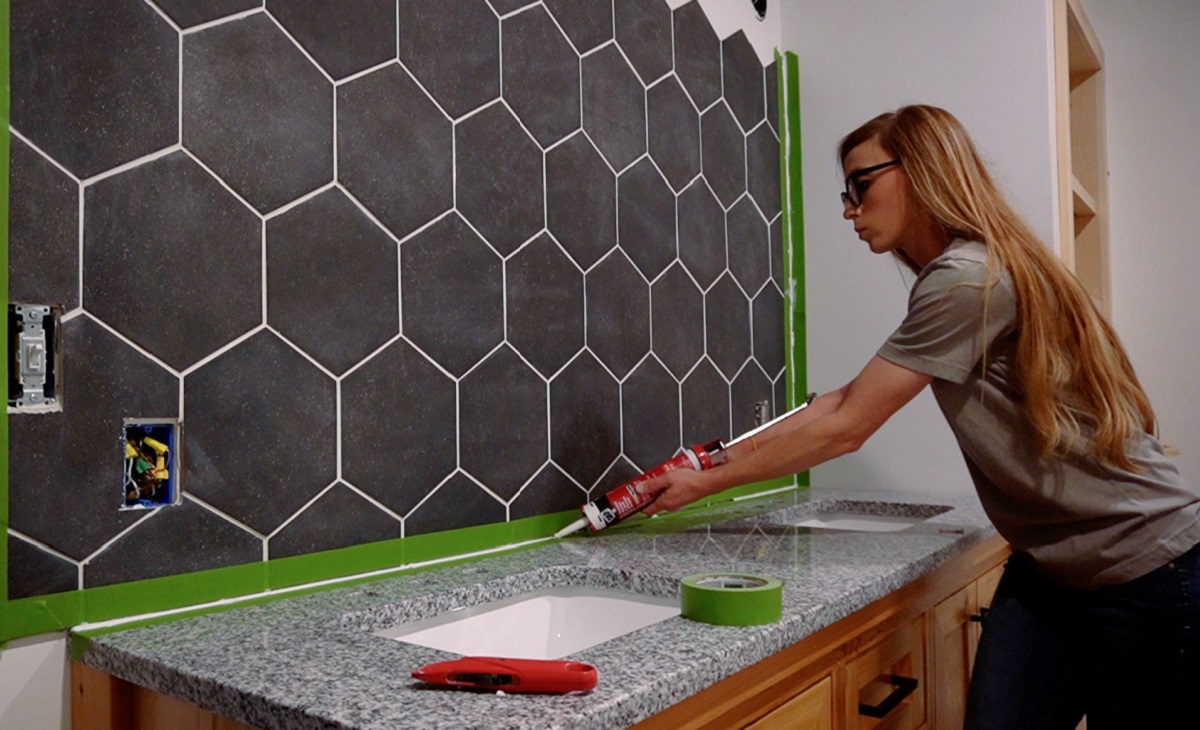
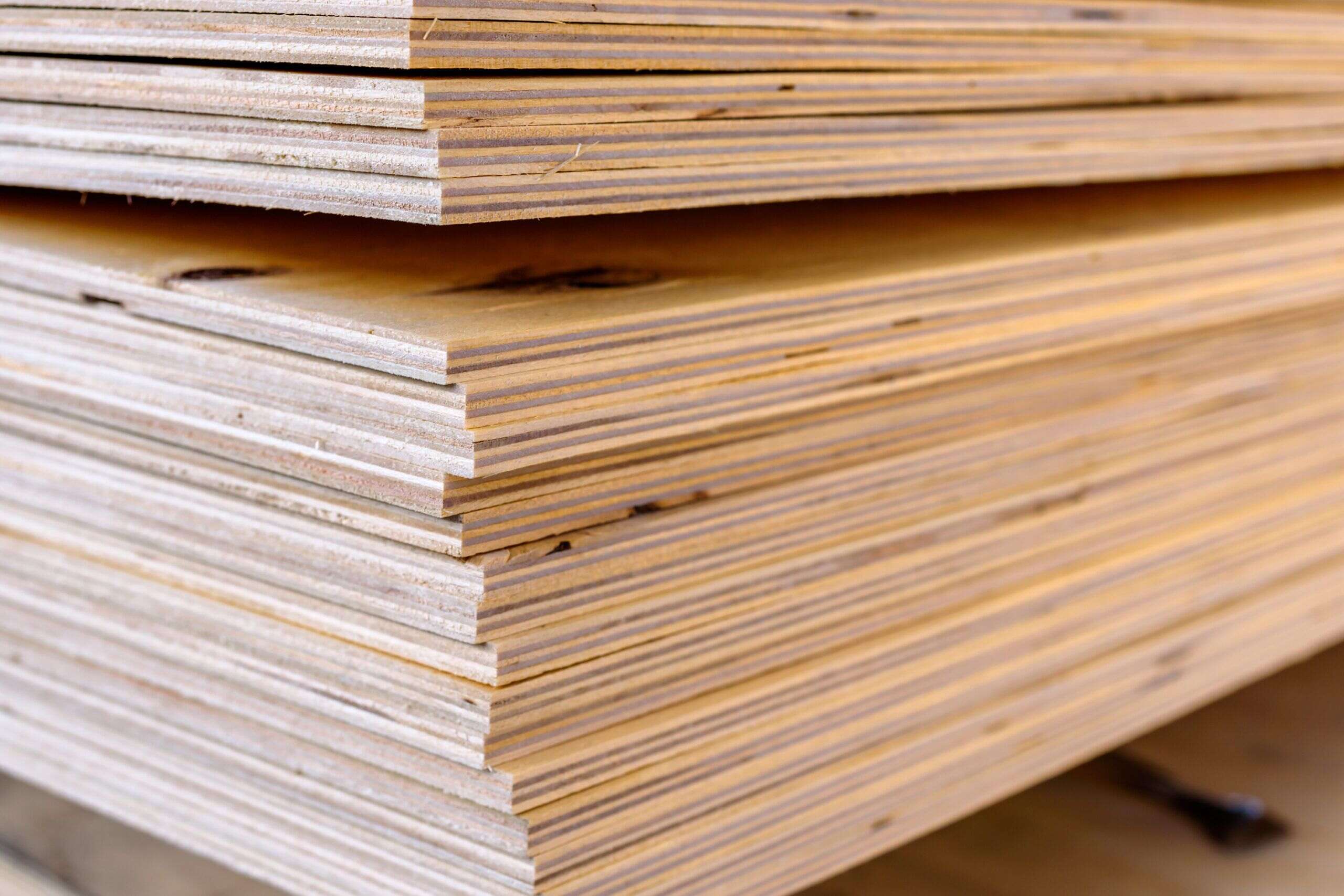
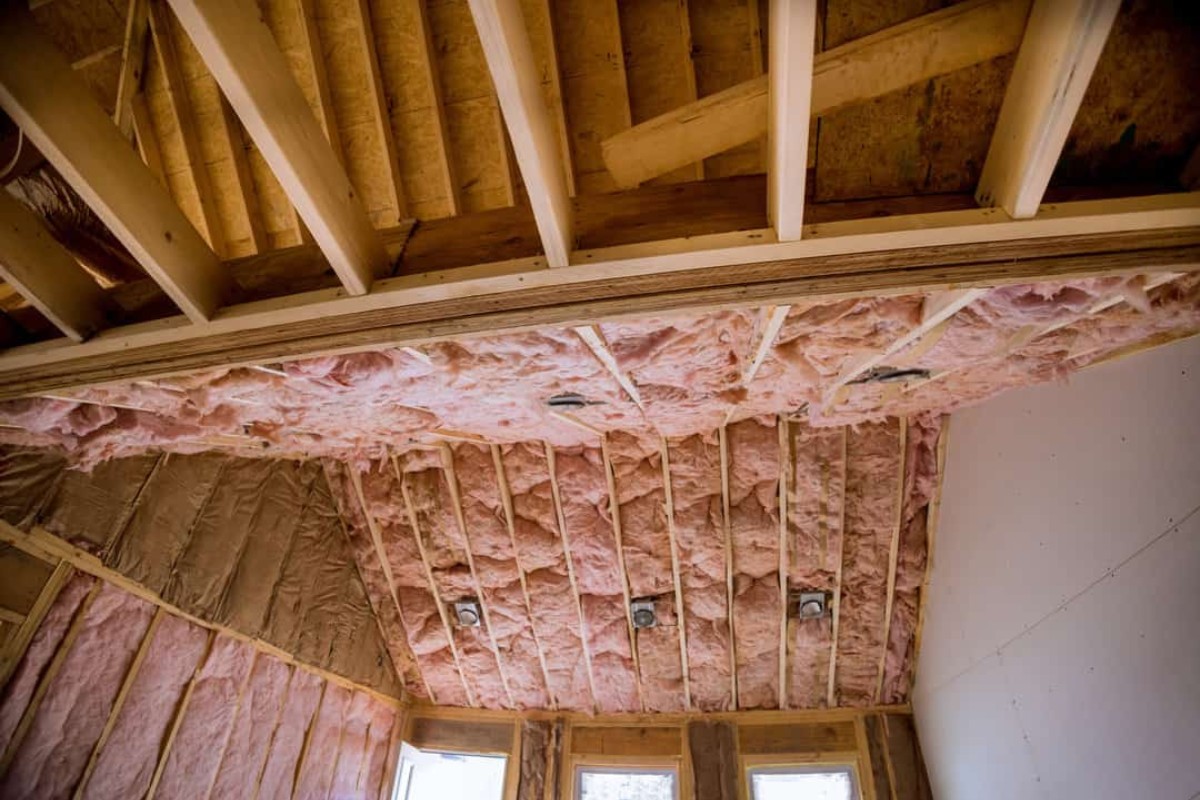
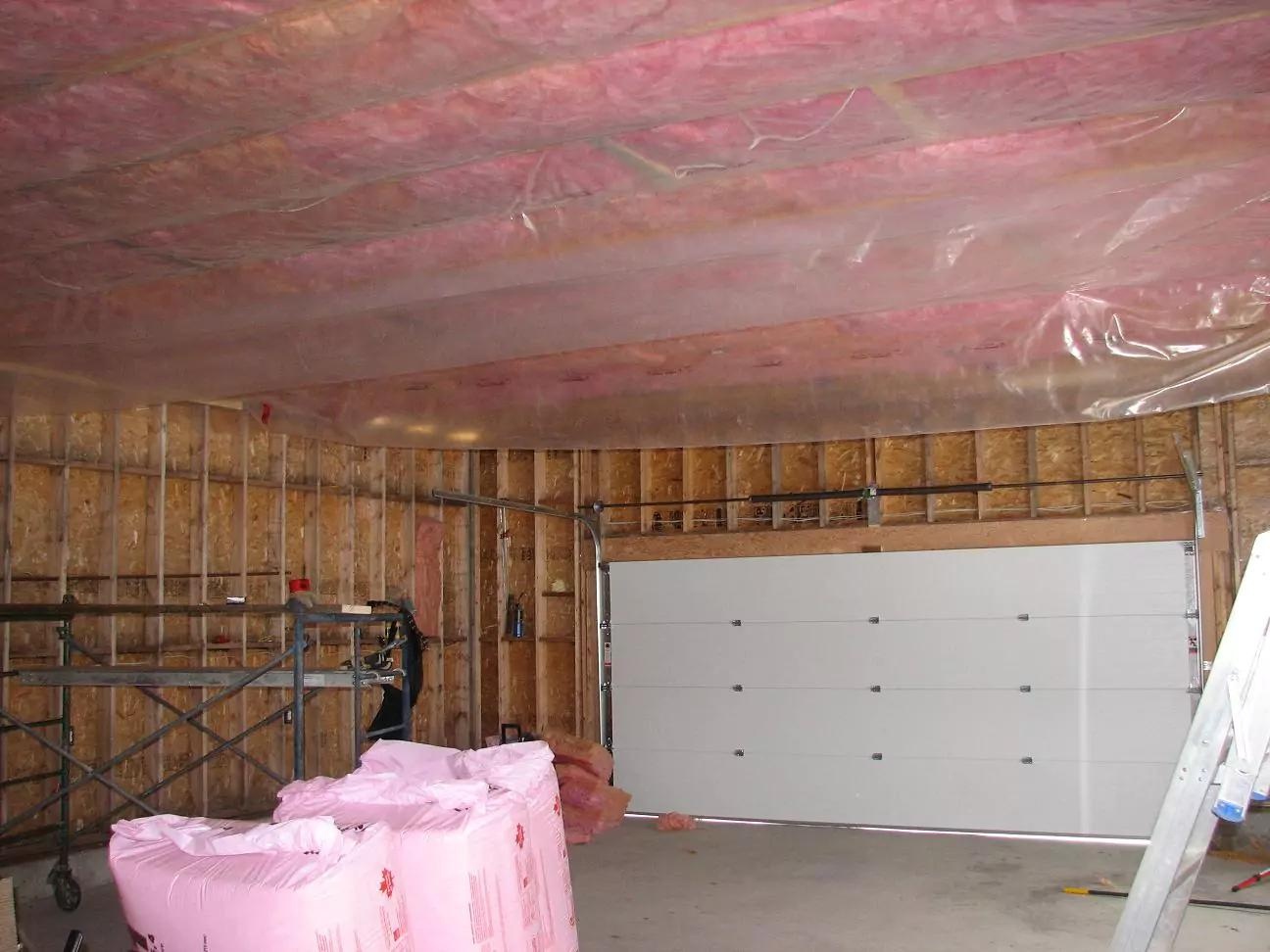
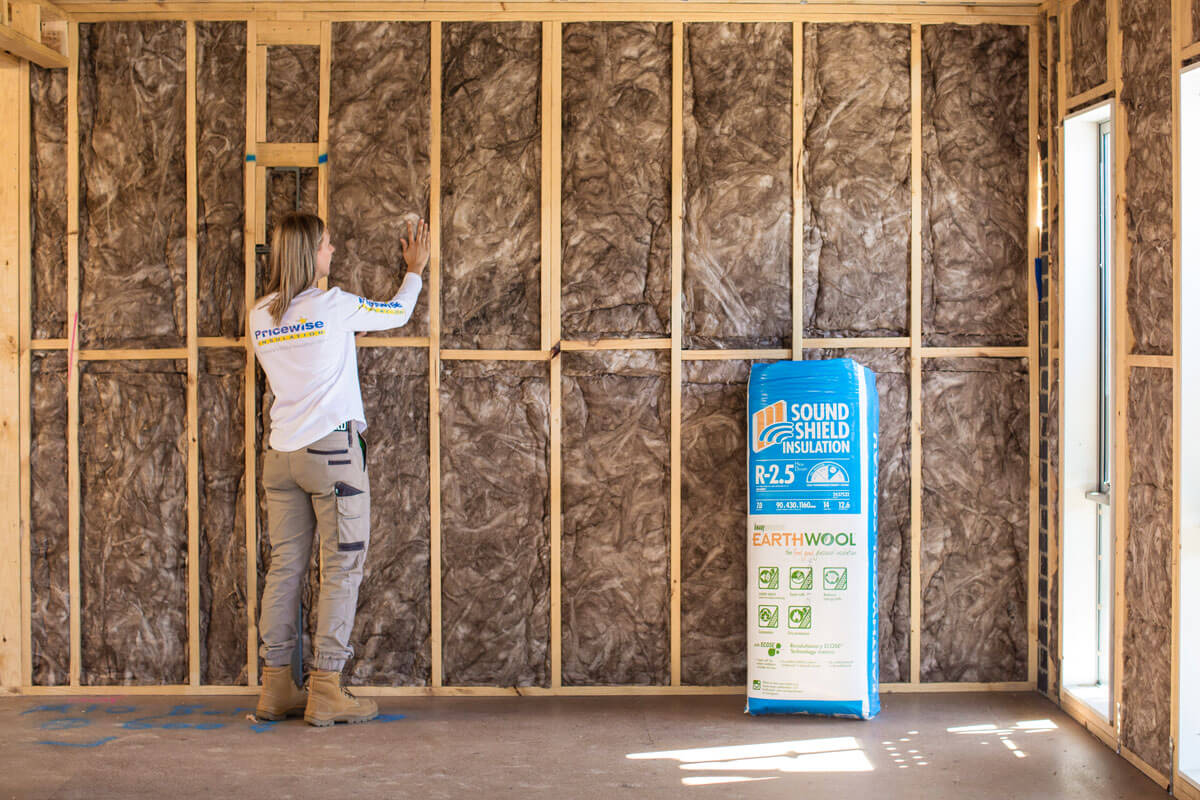
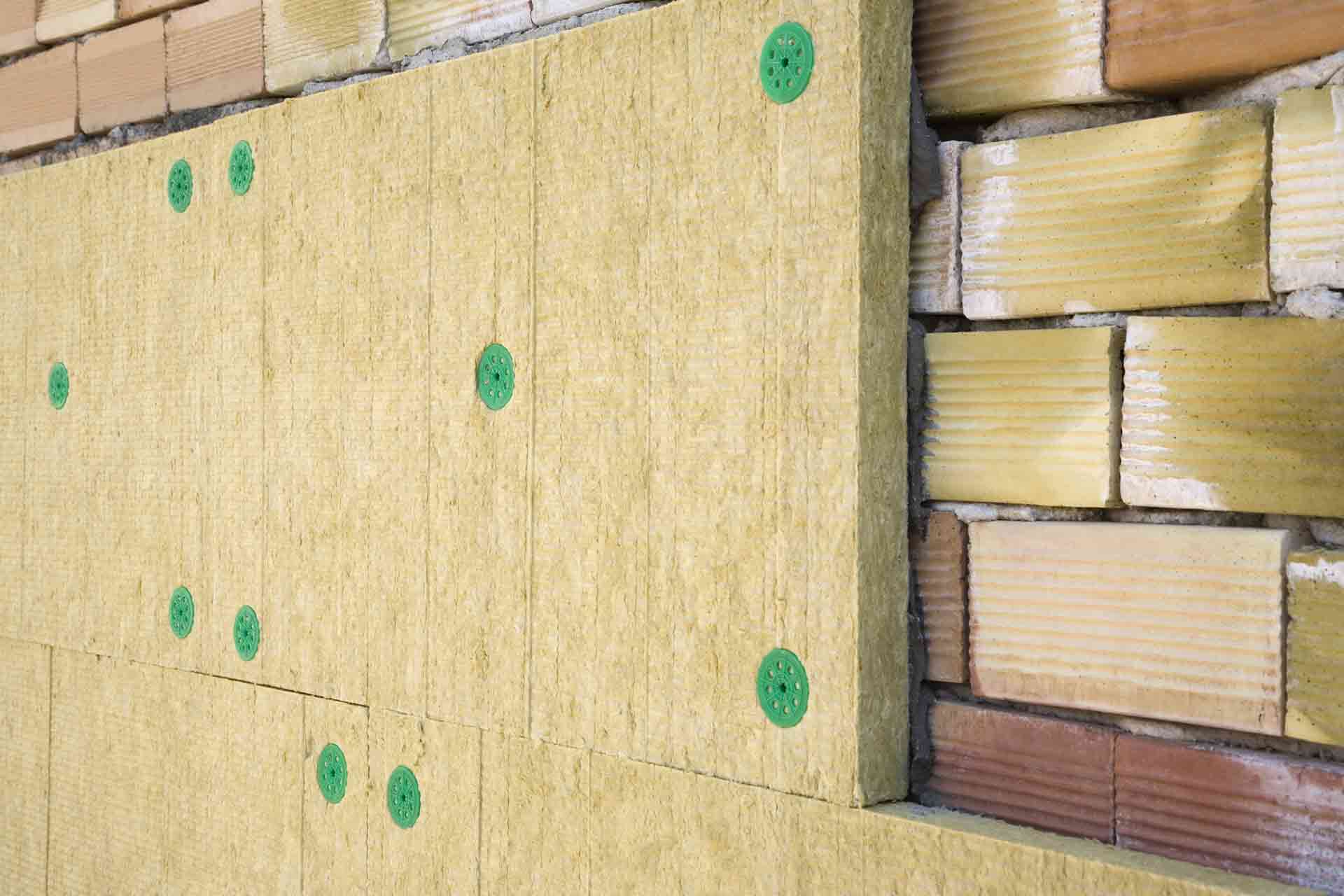
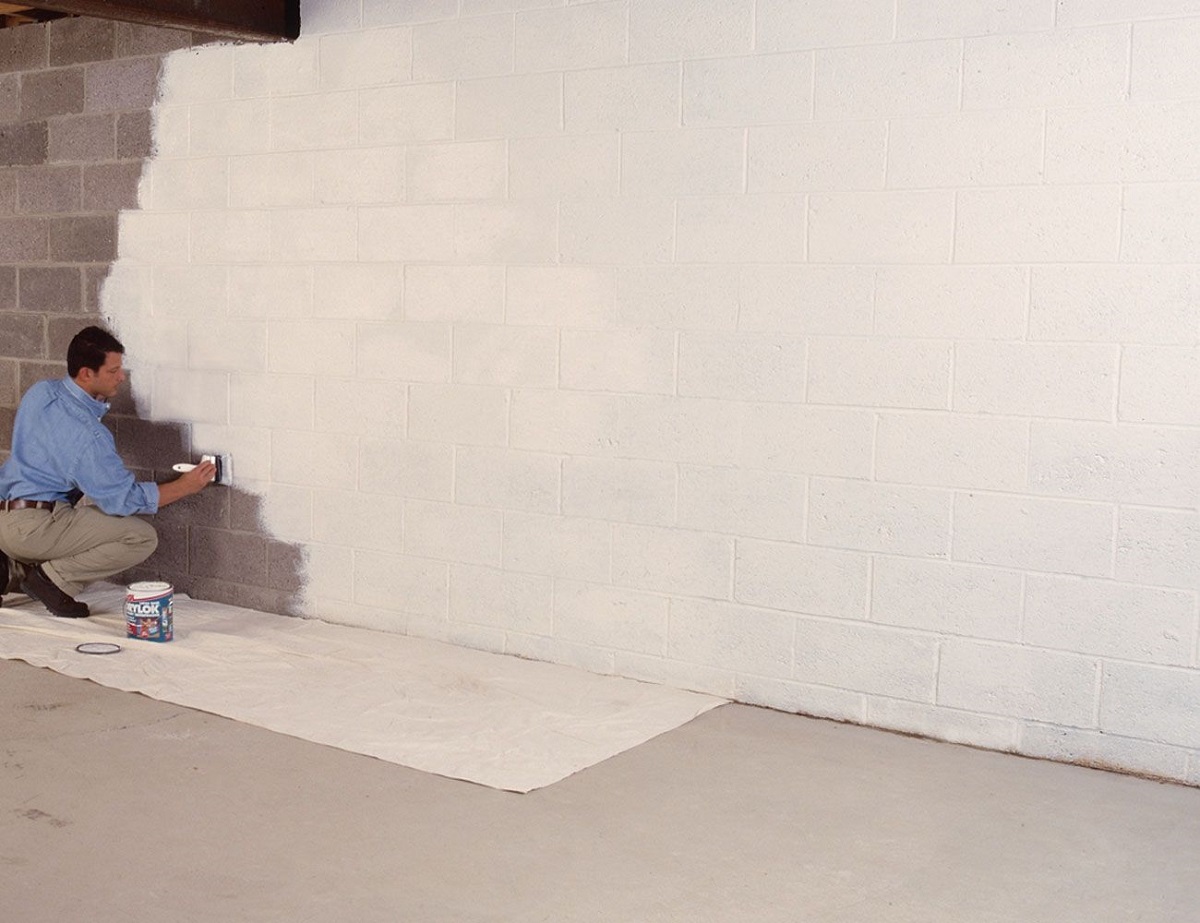
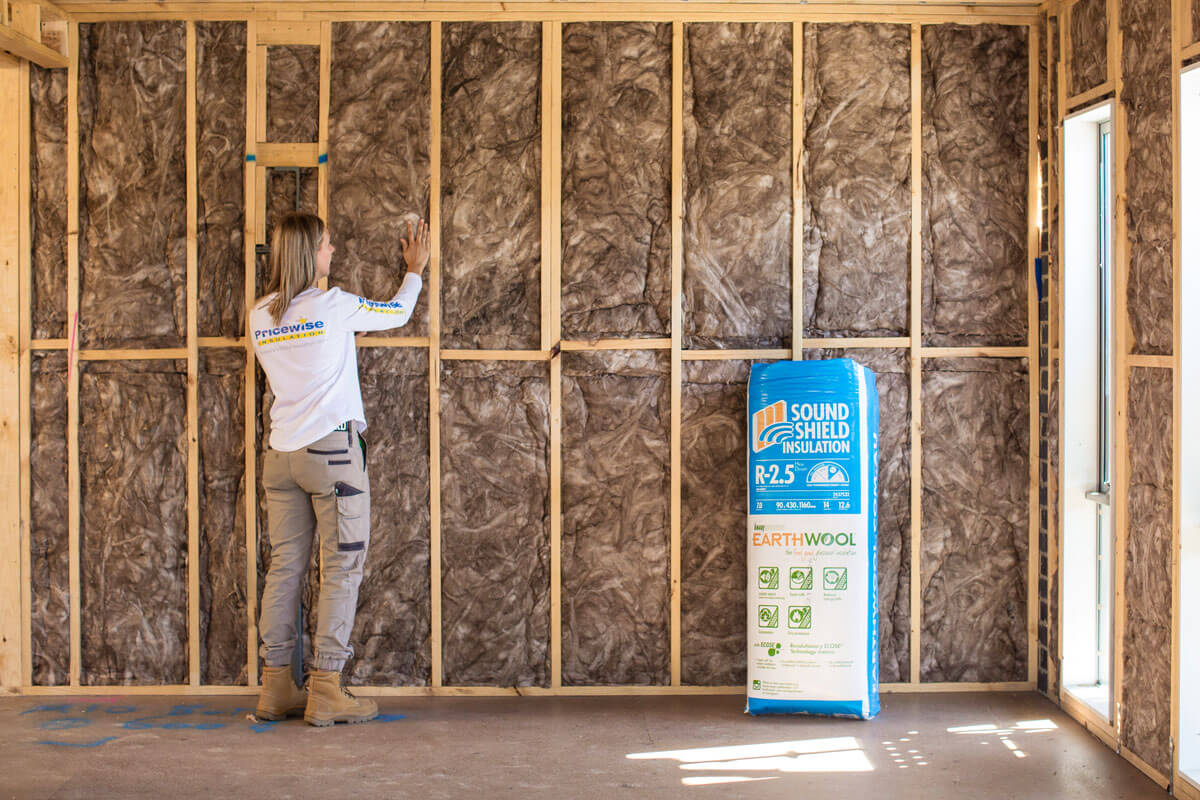
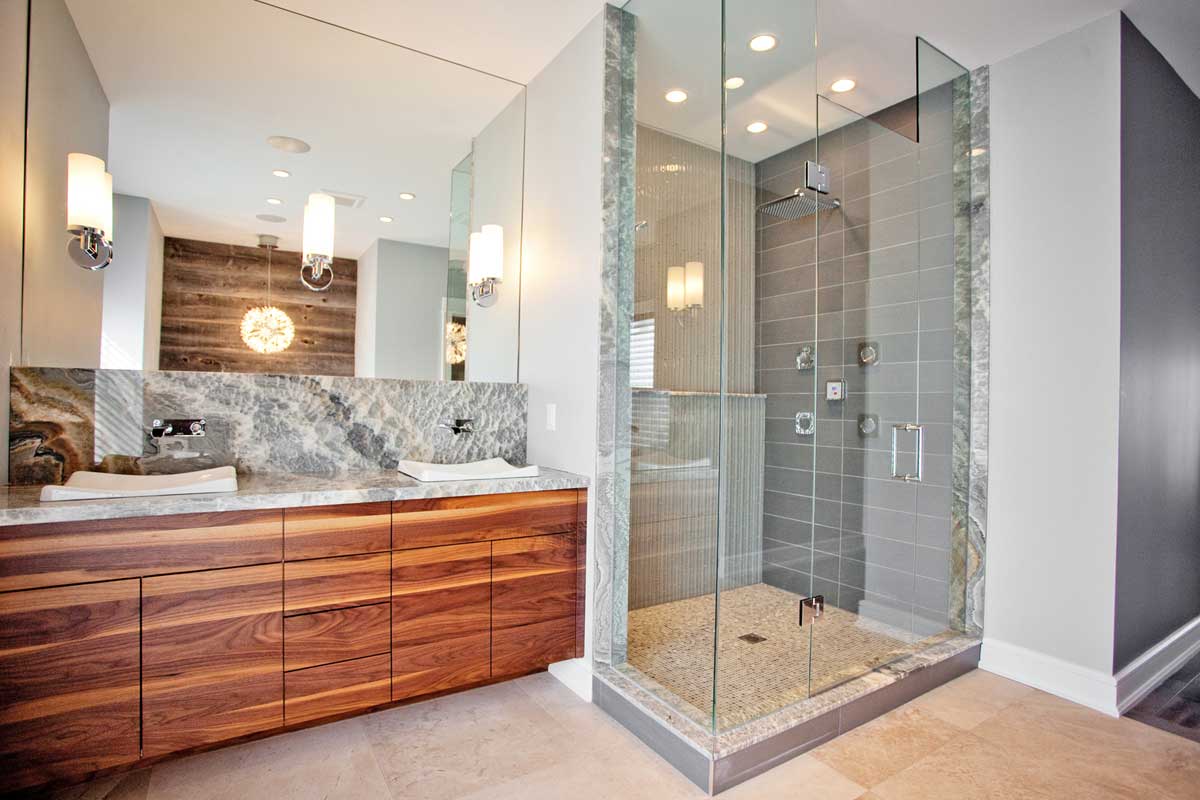
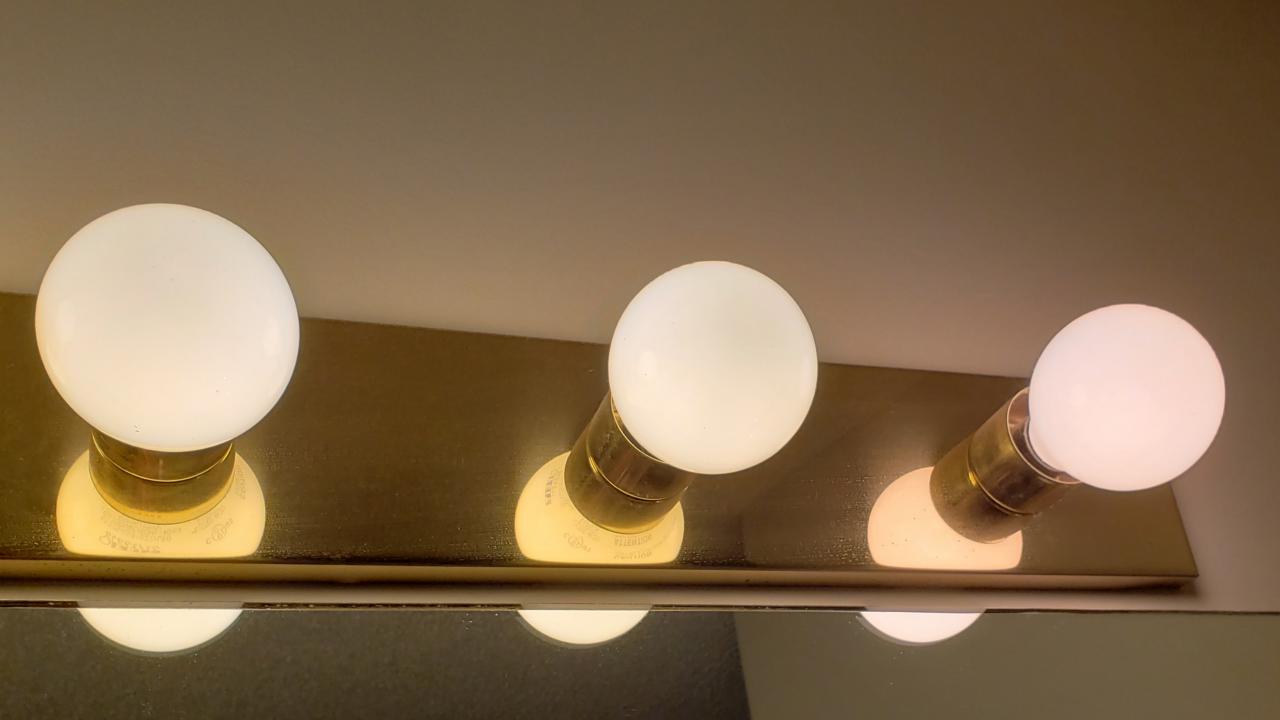

0 thoughts on “What Type Of Insulation For Bathroom Walls”